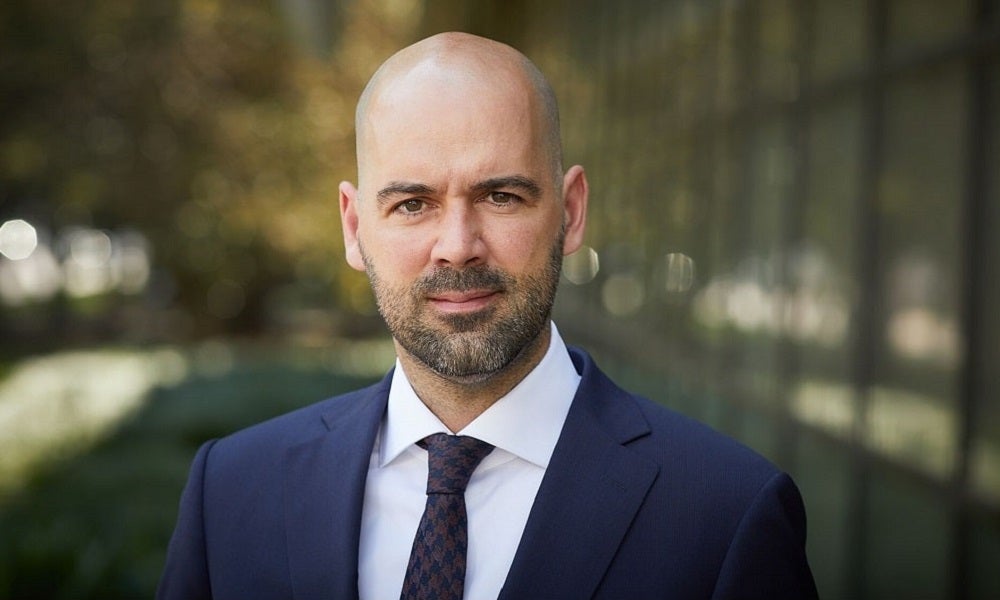How do you show leadership in volatile times?
Trade wars, AI and a changing climate: how do you, as a manager, deal with so much uncertainty? UNSW Business School Dean Frederik Anseel explains
When you work in a business school, companies' concerns and fears sometimes come unfiltered into your auditorium. That was the case during the covid-19 crisis. Today, we feel the temperature rising again.
Trade wars, AI, and climate volatility: how do you deal with so much uncertainty and unpredictability as a leader? Of course, everyone worries these days, but for leaders, it’s even more complex. In addition to their own worries, they also need to provide a compelling answer to the questions of their concerned teams. And ultimately, they have to decide the future of the company, even though they can’t predict the future any better than their colleagues. As a result, the question business schools hear most often these days is: how do you show leadership in uncertain times?
There is no simple recipe. We know a bit about crisis leadership, but uncertainty is not always a crisis. A crisis often requires quick decisions, such as layoffs or contingency plans, while uncertainty creeps in over a longer period of time – trade tensions can drag on for years; the effects of climate changes play out over long time periods.

And yes, there might not be a secret sauce to unpredictability - good leaders in normal times may also prove to be good leaders in uncertain times, but the ancient Romans already knew that anyone could hold the helm when the sea was calm. Can you do it in the face of a looming storm? In the next editions of this column, I want to try to put forward a few ideas on uncertainty and unpredictability for those who need to lead today.
The idea of optionality is one that I first read about from Nassim Nicholas Taleb, and recently rediscovered through a podcast featuring one of our best economists, Scientia Professor Richard Holden. The concept is simple but not obvious. Simply stated, it means that if you don’t know what the future holds, it’s best to keep as many options open as possible. They give you the chance to manoeuvre if disaster strikes.
For investors, this is an obvious insight that they have been applying for centuries. When uncertainty in the stock market increases, you build up cash reserves to seize opportunities or to avoid disaster. Optionality is also how venture capitalists think: they invest in a portfolio of start-ups because they know it is impossible to predict which one will be successful. If one of the ten start-ups breaks through, that compensates for the other 'failures'. Companies like Google keep the options for an AI-driven future open by both building their own models and buying start-ups.
Optionality was also the only workable principle for governments during the covid-19 crisis. Several pharmaceutical companies developed vaccines, but it was unclear which vaccine would be effective or when each of them would be ready. Some countries gambled, waited for the results and turned out to have chosen the wrong one. The smart countries bought multiple vaccines, some all of them, from different suppliers at once. The cost of multiple options did not outweigh the cost of the wrong option, or of not choosing at all.
The latter, indecisiveness, is perhaps the most important pitfall when choosing for optionality. Keeping as many options open as possible sounds tempting and close to 'doing nothing and waiting'. That’s wrong. Granted, the pressure to wait and do nothing in uncertainty is great, but waiting can be costly and perhaps even fatal. Optionality means being proactive and making decisions that create more options for the future, not simply waiting.
Subscribe to BusinessThink for the latest research, analysis and insights from UNSW Business School
But just to be clear – this is no silver bullet: keeping too many options open for too long can also prove to be too costly, and fatal. An SME that has to keep too many options open for too long – extra stock, double suppliers and parallel supply chains – may not make it to the end of the year.
In uncertain times, remember that when the pressure to make a decision increases, it is best to choose the option that increases the range of options and pathways to deal with multiple futures. That requires deliberate reflection and scenario development.
Will there be a new idea for leading in uncertainty next week? Maybe, I'm keeping all options open.
Frederik Anseel is a Professor of Management and Dean of UNSW Business School. He studies how people and organisations learn and adapt to change, and his research has been published in leading journals such as Journal of Applied Psychology, Journal of Management, American Psychologist, and Psychological Science. A version of this post was first published in De Tijd.
